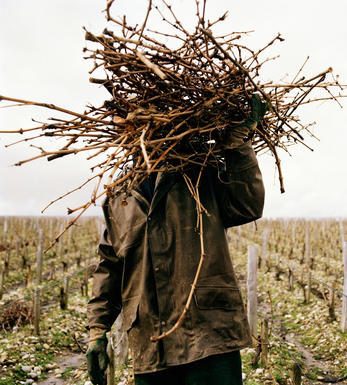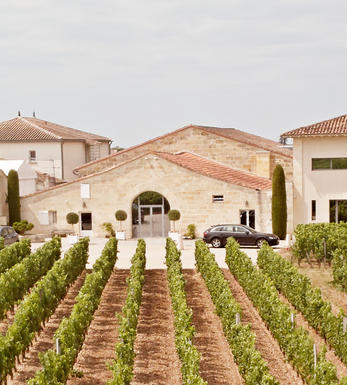
2022 Château Petit-Village, Pomerol, Bordeaux

Critics reviews
Jane Anson, janeanson.com (May 2023)
Jancis Robinson MW, jancisrobinson.com (May 2023)
Offering up aromas of dark berries, plum preserve and kirsch, framed by creamy new oak, the 2022 Petit Village is medium to full-bodied, with a sweet, fleshy, somewhat baked core of fruit framed by generously extracted tannins. It appears to be a wine without a very strong sense of identity.
William Kelley, Wine Advocate (April 2023)
About this WINE

Chateau Petit-Village
Château Petit-Village produces classic lush Pomerol wines that sell for a fraction of the prices that are commanded by some of its more fashionable neighbours. Since 1989 it has been owned by AXA and is run by Jean-Michel Cazes and oenologist Daniel Llose. AXA also owns Château Pichon-Longueville Baron, Château Cantenac Brown and Château Suduiraut.
Petit-Village's 11-hectare vineyard is located on soils rich in gravel with a limestone and clay subsoil. It is bordered by Vieux Château Certan to the north and La Conseillante to the east. The vineyard was effectively destroyed by the 1956 frosts and had to be totally replanted.
Petit-Village's wine is a blend of 80% Merlot, 10% Cabernet Sauvignon, and 10% Cabernet Franc. The grapes are fermented in temperature-controlled concrete vats and the wine is matured for 14-18 months in 100% new oak casks.

Pomerol
Pomerol is the smallest of Bordeaux's major appellations, with about 150 producers and approximately 740 hectares of vineyards. It is home to many bijou domaines, many of which produce little more than 1,000 cases per annum.
Both the topography and architecture of the region is unremarkable, but the style of the wines is most individual. The finest vineyards are planted on a seam of rich clay which extends across the gently-elevated plateau of Pomerol, which runs from the north-eastern boundary of St Emilion. On the sides of the plateau, the soil becomes sandier and the wines lighter.
There is one satellite region to the immediate north, Lalande-de-Pomerol whose wines are stylistically very similar, if sometimes lacking the finesse of its neighbour. There has never been a classification of Pomerol wines.
Recommended Châteaux : Ch. Pétrus, Vieux Ch. Certan, Le Pin, Ch. L’Eglise-Clinet, Ch. La Conseillante, Ch. L’Evangile, Ch. Lafleur, Trotanoy, Ch. Nenin, Ch. Beauregard, Ch. Feytit-Clinet, Le Gay.

Merlot/Cabernet Franc
Merlot and Cabernet Franc are grape varieties commonly used in Bordeaux-style blends, particularly in the Bordeaux region of France. When these two grapes are blended, they can create a wine that combines the best characteristics of each variety.
Merlot is known for its smoothness, soft tannins, and ripe fruit flavours. It often contributes black cherry, plum, and chocolate flavours to the blend. The grapes are relatively easy to grow and ripen earlier than other Bordeaux varieties, making them versatile for blending.
Cabernet Franc, on the other hand, adds structure, depth, and complexity to the blend. It typically brings aromas of red fruits such as raspberry and strawberry, along with herbal notes like bell pepper and tobacco. These grapes have thinner skins and can be more challenging to cultivate, requiring specific growing conditions to reach their full potential.
When Merlot and Cabernet Franc are combined, the result is a well-balanced wine with various flavours and aromas. The blend often exhibits a Bordeaux wine's medium to full body, along with a smooth texture and moderate tannins. The specific flavour profile can vary depending on the proportions of each grape in the blend and the terroir and winemaking techniques employed.


Buying options
Add to wishlist
Description
Cassis, mocha, coffee bean, densely packed but supple dark fruits. There is clear acidity and it is needed amid the intensity of the fruit, with everything offset by curls of attractive peony and rose notes. Harvest September 2 to 19 (but the begining was for the second wine). 10.5ha, 3rd year with the Moulin family as owners. Soft extraction, no pumpovers. 30hl/h yield, from a section of the vineyard with a lot of clays that kept freshness in this vintage. Guillaume Fredoux winemaker (the same team now works across both Petit Village and Beauregard). 45% new oak, 5% of 500l oak casks, 3.85ph,
Jane Anson, janeanson.com (May 2023)
wine at a glance
Delivery and quality guarantee